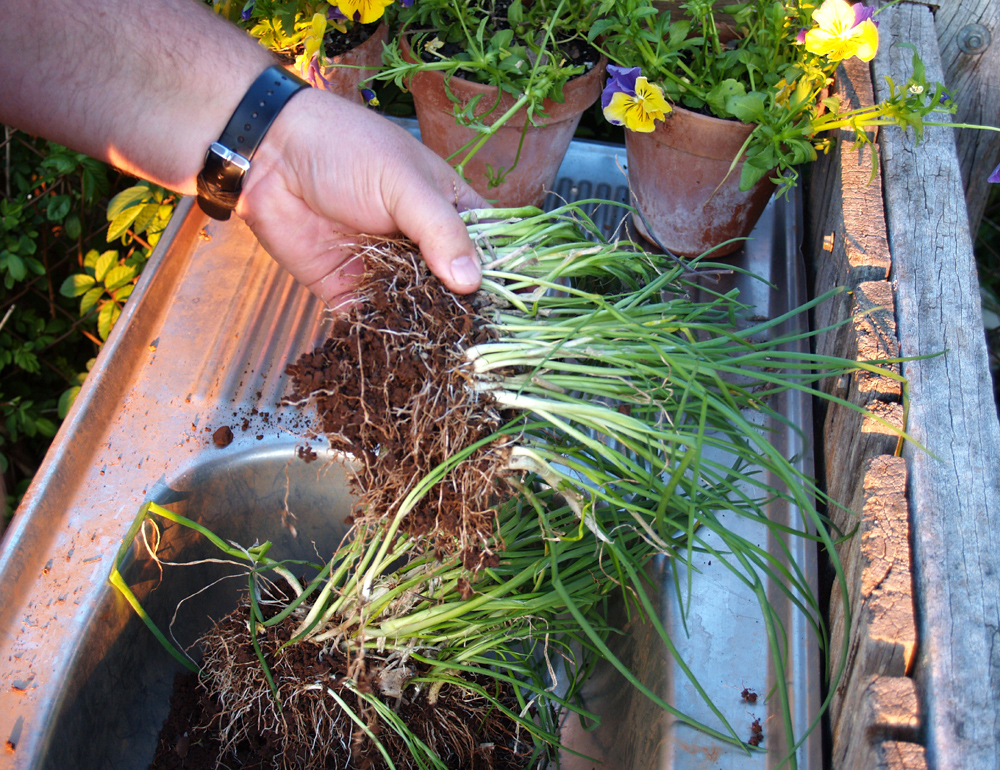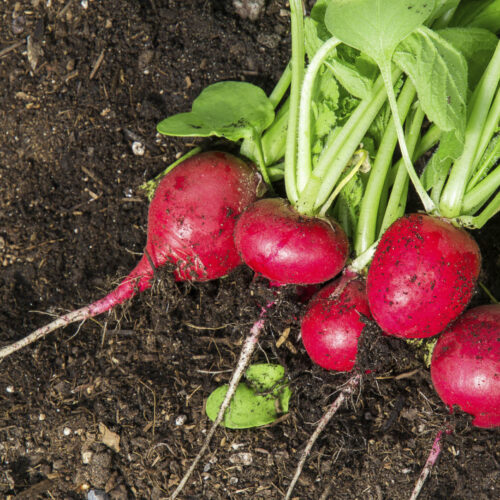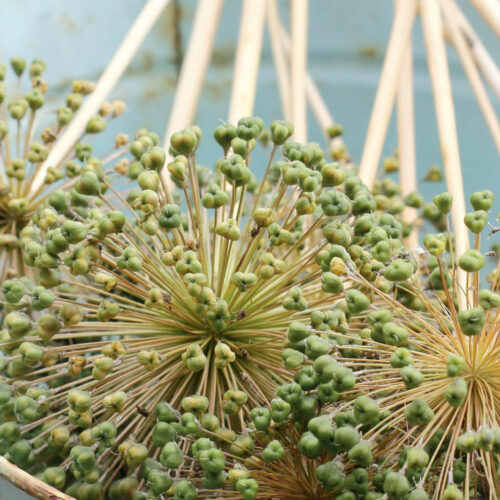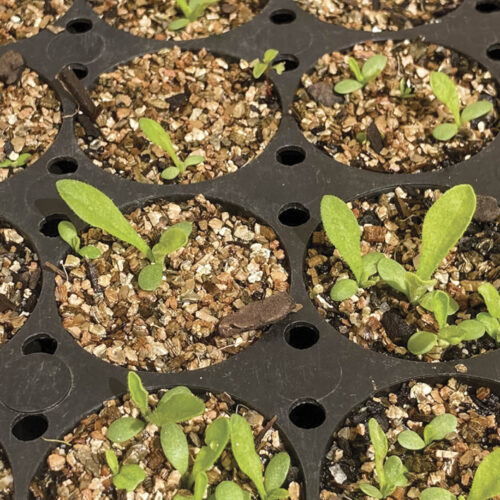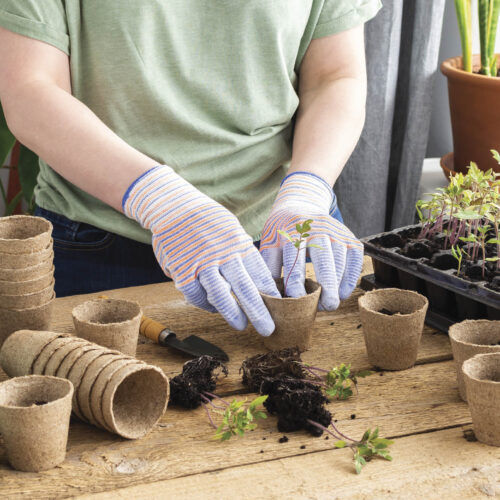The Great Divide
2012-08-01T03:43:24+10:00
Lots of perennial food plants can be easily propagated by division of the root ball. JUSTIN RUSSELL explains how.
Late winter is an excellent time of the year to dig up and divide perennial food plants. It’s the easiest propagation method of them all, suits a wide range of species, and often results in semi-mature plants that can start bearing within months of being transplanted.
Dividing a plant
As a general rule any clumping (or rhizome forming) perennial can be divided. Some of the edible species best suited to the technique include chives, rhubarb, asparagus, horseradish, ginger, Queensland arrowroot, globe artichoke and lemongrass. Most are easy to work with. Simply lift the plant from the ground with a strong fork, clean up the roots a bit with a hose if necessary, and then use a sharp spade or old pruning saw to cut the clump into smaller pieces.
You might be surprised how many divisions you can get from a single plant. A big clump of chives, for example will produce a dozen or more new plants. These can either be potted -up and grown on for planting in a few months time, or planted immediately into prepared ground. Make sure you add lots of well rotted organic matter for greedy plants like rhubarb and asparagus, and ensure the division is planted with a growth point sitting just proud of the finished soil level. On plants such as rhubarb and arrowroot, these growth points will appear as buds (or “eyes”), but with something like lemongrass, it will be a couple of fresh young shoots emerging from a woody “crown”.
Planting
Once the divisions have been planted water them in with seaweed solution to help overcome transplant shock, but don’t overdo the moisture beyond this initial drink. Cold, wet soil can be a killer for many plants, so be conscious of how damp the ground is before doing any extra watering. The trusty finger test can help. Poke your index finger into the soil down to the second knuckle – if it feels dry, consider watering, if moist, hold off for another few days then re-test.
As the soil warms in spring your plant division should burst into growth, and some will be ready for harvest in a matter of weeks. Don’t make this mistake with rhubarb and asparagus though. An early harvest will weaken the transplant, so exercise the patience of Job for at least a full year to allow the young plants to bulk up. Then, after twelve months of restraint, you can reward yourself with a few stalks or spears per plant. Good things come to those who wait.

